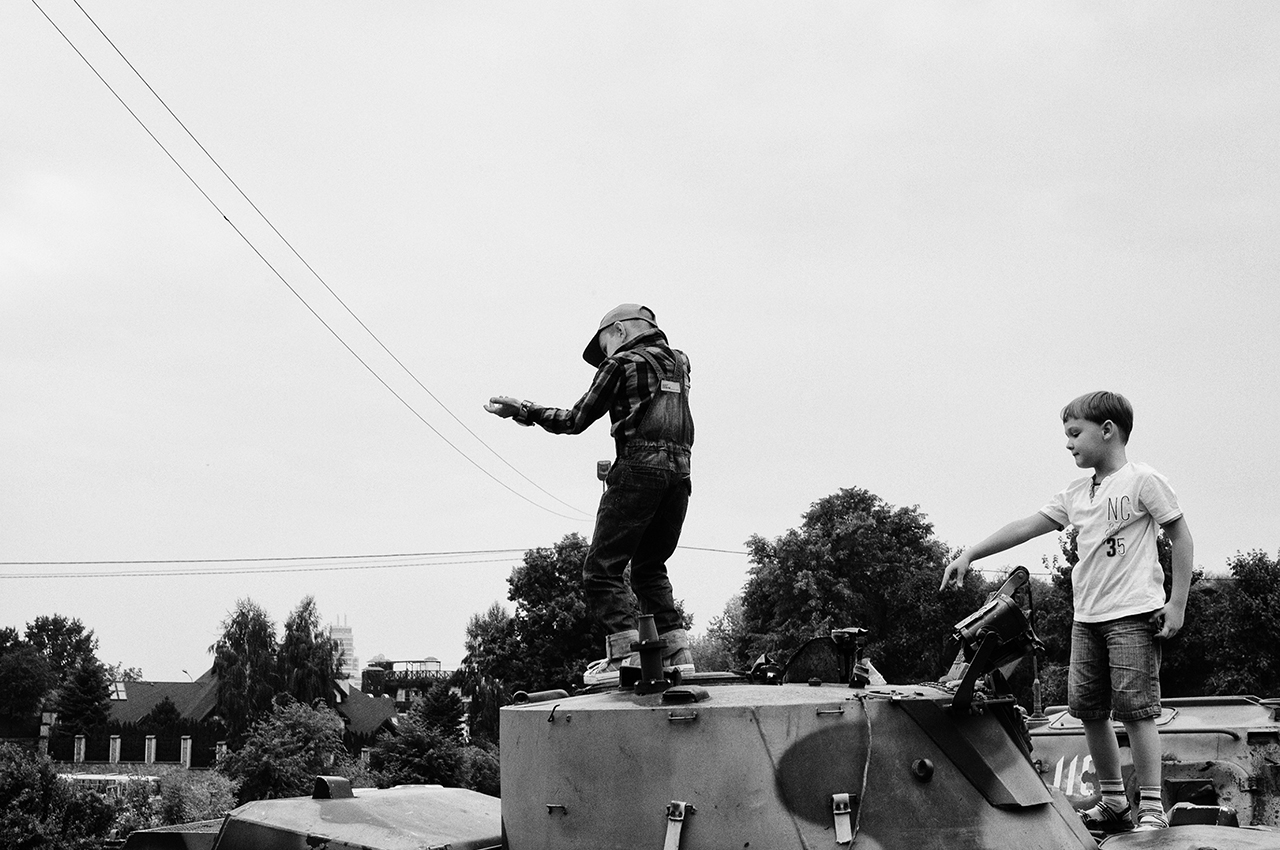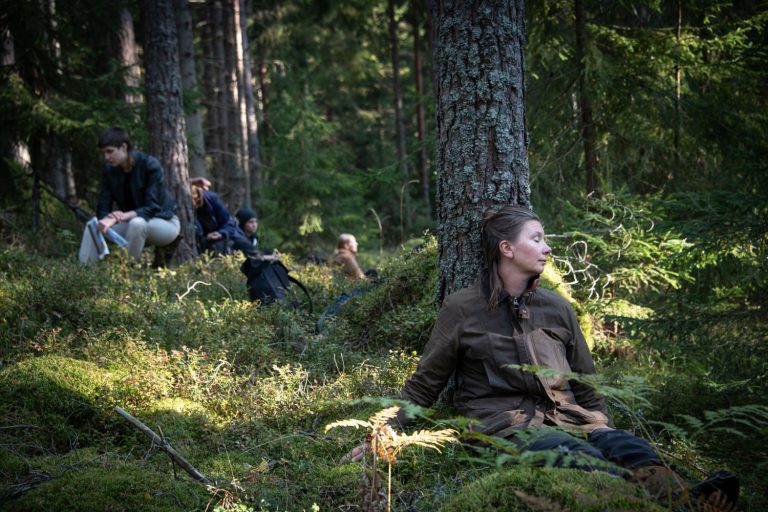How can a society remember and take responsibility for difficult pasts and its legacies? What is the role of public art and monuments in this context? And what roles do the commissioners, artists and the public audience play? These and other issues will be discussed in a symposium organised by researcher Rebecka Katz Thor and Public Art Agency Sweden, November 14–15, 2023.
The symposium delves further into the subject initiated in the anthology Public Memory, Public Art: Reflections on Monuments and Memorial Art Today (eds. Enqvist, Modig, Katz Thor & Zawieja, Art & Theory and Public Art Agency Sweden, 2022).
The symposium is free and open to the public. Limited number of seats.
Contributors
Ulf Aminde (DEU), Patrick Amsellem (SWE), Jo Baxendale (UK), Annika Enqvist (SWE), Juan Pedro Fabra Guemberena (DEU/SWE/URY), Victoria Fareld (SWE), Emmanuel Gordien (FRA), Rebecka Katz Thor (SWE), Monika Larsen Dennis (USA/SWE), Trude Schjelderup Iversen (NOR), Esther Shalev Gerz (FRA/LTU), Binki Taylor (UK).
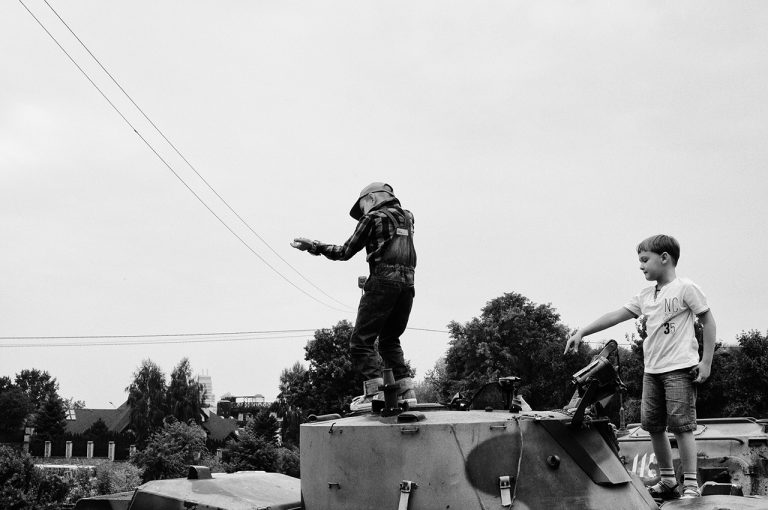
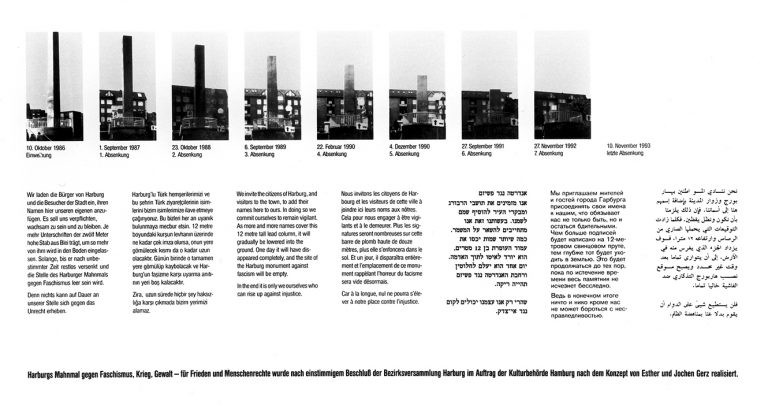
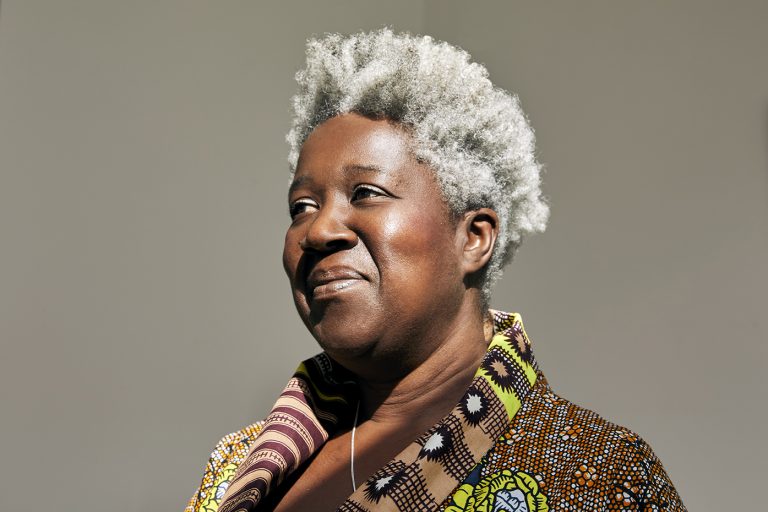
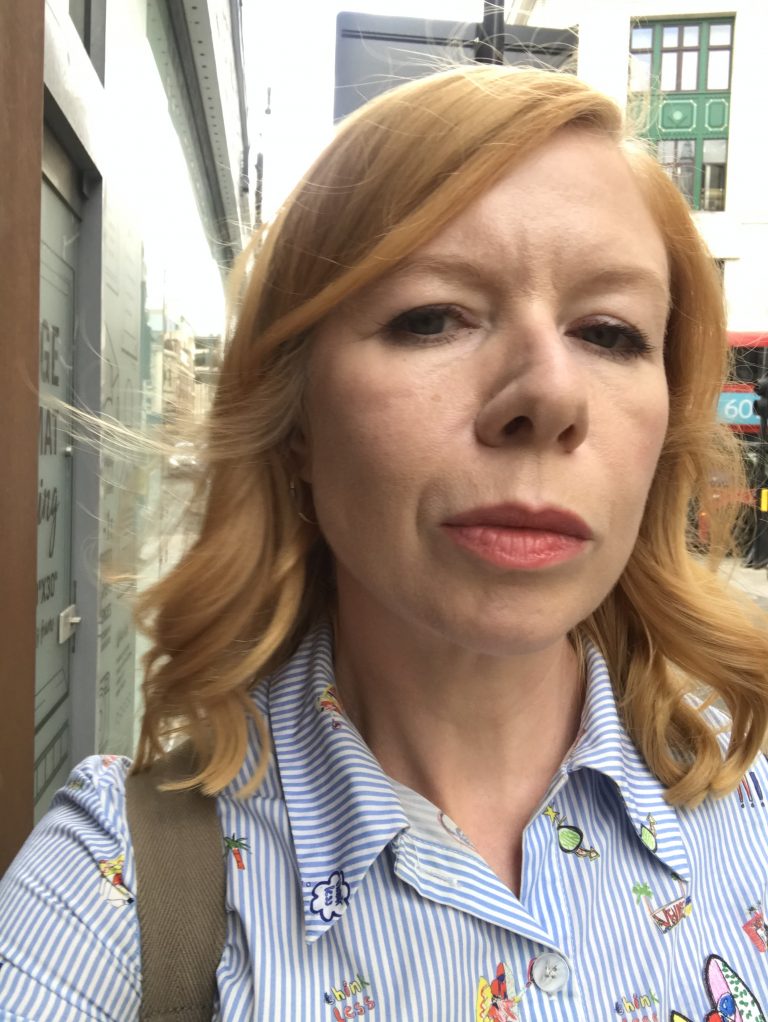
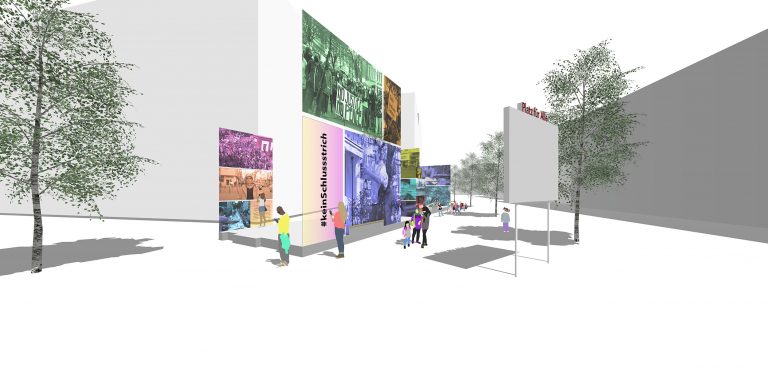
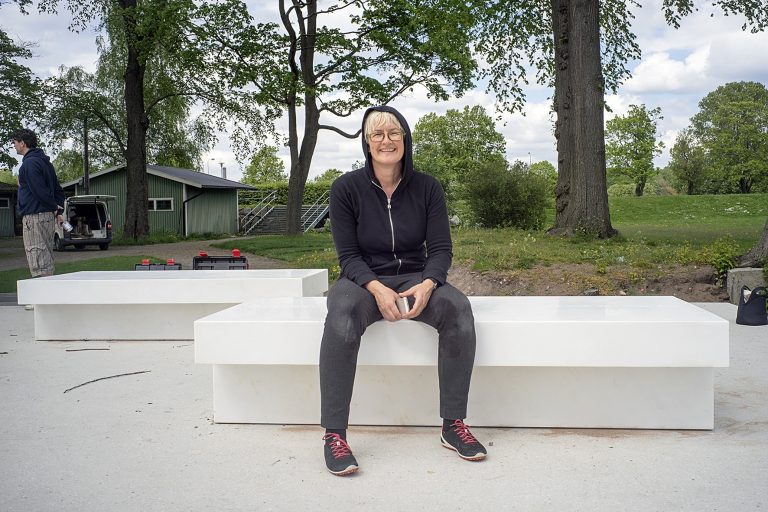
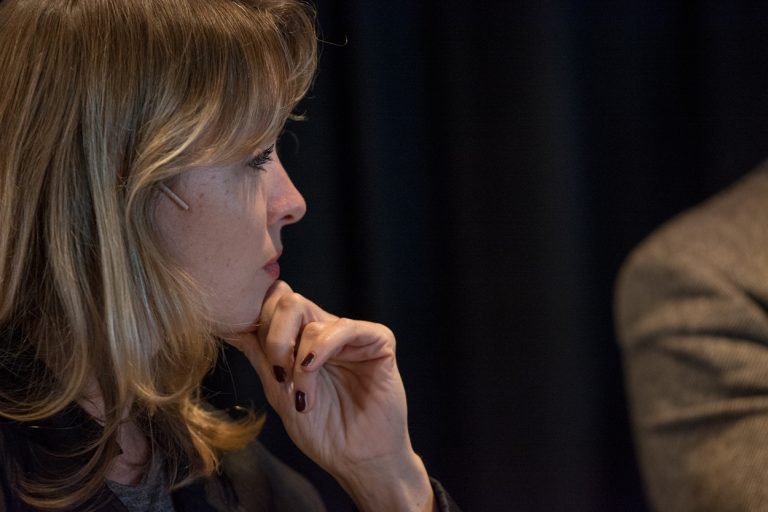
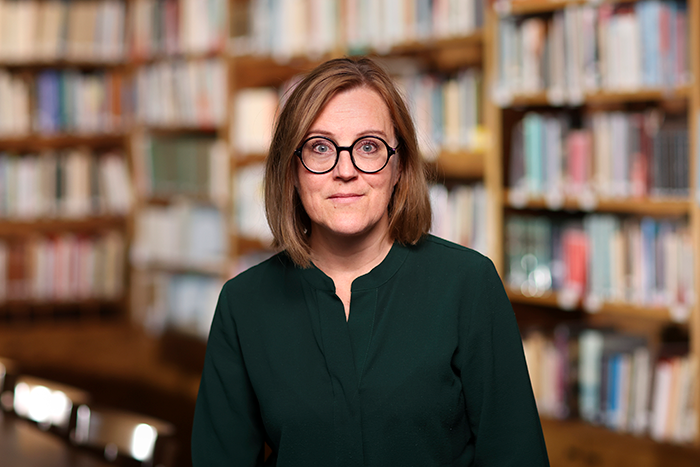
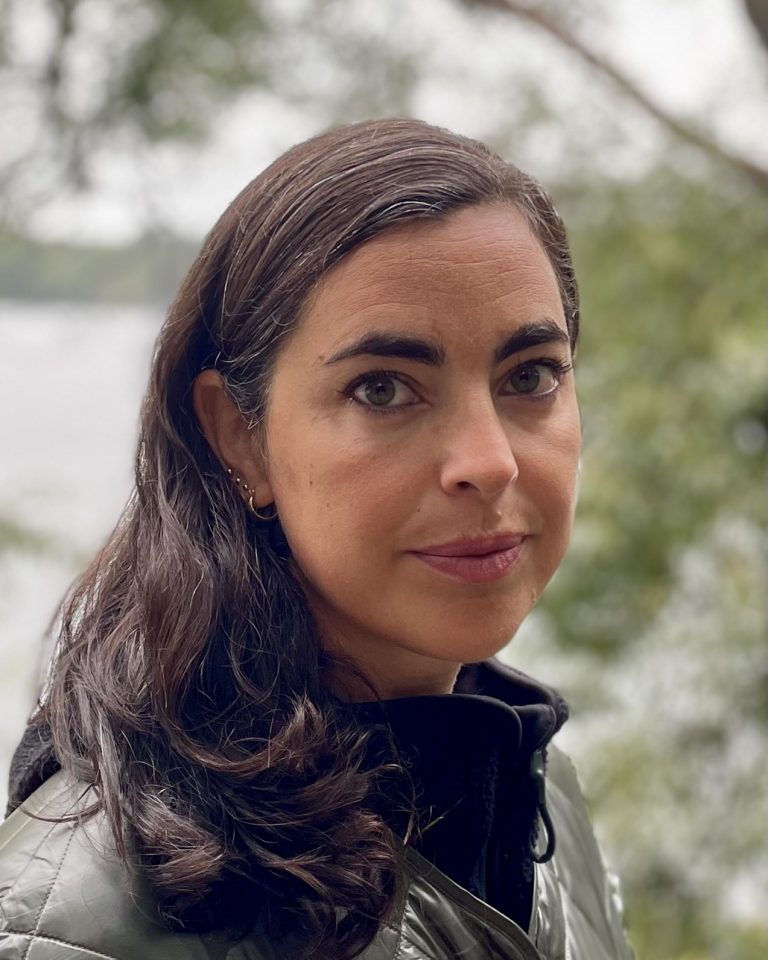
Programme
DAY 1: November 14th
13.00–13.30 Introduction. The Dynamics of Memory by Patrick Amsellem, Director of Public Art Agency Sweden.
13.40–14.00 Making Monuments: Public Memory and Violent Pasts by Rebecka Katz Thor, researcher Stockholm University.
14.15–14.30 BREAK
14.30–15.10 Emmanuel Gordien, Director CM98 – The March of May 23, 1998 Committee (CM98), Paris
15.10–15.40 Memorial for the Victims of the Transatlantic Slave in London Trade by Binki Taylor, Commissioner for Diversity in the Public Realm, London (UK). Jo Baxendale, London City Council (UK).
15.40-16.10 BREAK
16.10–16.50 How Can the Artist Inspire Society to Address Violence Without Repeating It in the Means Chosen To Represent It? by artist Esther Shalev Gerz
17.00-17.45 Our Polychronic Responsibility, by Victoria Fareld, Professor of History of Ideas at Stockholm University
19.00 CONFERENCE DINNER (by invitation only)
DAY 2: November 15th
08.45 Bus trip to the monument Restare, to Stay, to Rest, to Remain on Djurgården at the site of the Maritime History Museum. Pick-up point at Hôtel Reisen, Skeppsbron 12. The buses leave at 08.45.
09.10–09.45 Site visit: the artist Monika Larsen Dennis introduces her sculpture, the veteran monument, Restare, to Stay, to Rest, to Remain.
09.45 Bus trip from Djurgården to Public Art Agency Sweden/Statens konstråd, at Skeppsholmen. Coffee is served on the bus.
10.15-10.30 BREAK
10.30–11.10 Veteran Memorials in Sweden: Preparing for an Uncertain Future by artist Juan Pedro Fabra Guemberena, a performative presentation.
11.10–11.40 Artists Monika Larsen Dennis and Juan Pedro Fabra Guemberena in conversation, moderated by Rebecka Katz Thor.
12.00–13.00 LUNCH
13.05–13.35 The Bomb After the Bomb (After the Bomb) by artist Ulf Aminde.
13.40–14.10 Expectations, Negotiations and Artistic Articulations. The National 22nd of July Memorial by Trude Schjelderup Iversen, Senior Curator, Public Art Norway (KORO), Oslo (Norway)
14.15–15.00 Panel: Why is it so difficult?
Abstracts
Ulf Aminde – The Bomb After the Bomb (After the Bomb)
The artist Ulf Aminde uses the concept of radical listening to introduce his work Herkesin Meydanı – Platz für Alle (Space for Everyone), an antiracist memorial at Keupstraße in Cologne (Germany). Those affected by racism, anti-Semitism and marginalization will have their say in the memorial, which is intended to become a place of learning and commemoration that shares their perspectives. The participatory and hybrid memorial will have physical and digital components by using Augmented Reality, and is intended to commemorate the bomb attacks carried out by the National Socialist Underground in Cologne (in 2001 in Probsteigasse and 2004 in Keupstraße). Ulf Aminde has been working on the realization since 2017 in cooperation with residents from the neighourhood, with survivors of the attack and with initiatives committed to solidarity. The whole neighbourhood is now facing drastic change through processes of gentrification since the city of Cologne could not provide the required location and the owner of the site was an investment company.
Patrick Amsellem – The Dynamics of Memory
Introduction by the Director of Public Art Agency Sweden, addressing what is involved when memory and remembrance take physical form.
Jo Baxendale and Binki Taylor – Not Forgetting, A Memorial for the Victims of the Transatlantic Slave Trade
Binki Taylor, member of the Mayor of London’s Commission for Diversity in the Public Realm, and Jo Baxendale Culture and Creative Industries Team at the Mayor’s Office will discuss the process for developing a new memorial in London. The project that is not just about a moment in time, but will fill in a gap in the national memory to foreground the human experience and resistance of enslaved people.
Juan Pedro Fabra Guemberena – Veteran Memorials in Sweden: Preparing for an Uncertain Future
Juan Pedro Fabra Guemberena gives a montage lecture that reflects on warfare, mourning, fiction, and reality. The collective efforts of Swedish war veterans to insert their experience in the Swedish civil society. At the conference, Juan Pedro Fabra Guemberena will presents his artistic research of local veterans’ associations initiating proposals for veterans’ monuments around Sweden. Over 50 monuments already exist, and about 10 new ones are being implemented. Why are so many veterans’ monuments being built right now? Is it especially relevant to remember now, in the light of a changed world with NATO membership and the war in Ukraine? And what happens to a national historiography when many monuments are built to commemorate the same thing due to different local initiatives? What is the understanding of the civil society?
Victoria Fareld – Our Polychronic Responsibility
Professor Victoria Fareld addresses how a society deals with its historical wounds and the complexity in dealing with such a legacy – a legacy in which we are neither victims nor perpetrators in any simple sense, neither guilty nor innocent in any clear way.
Victoria Fareld explores the present as polychronic, as a place of many times, in order to be able to think about responsibilities in new ways If the contemporary is seen as a multi-layered coexistence of times (rather than successive times), could we then explore the present by seeing it as the very place where the past takes shape in all its present times? Could this open to a new way of thinking about (our) responsibility? If so, how can a society remember and take responsibility for difficult legacies?
Emmanuel Gordien, Director of CM98 – Towards a New Memorial Grammar in France: the New National Memorial to the Victims of Slavery in Paris
Emmanule Gordien will present the work for a future National Memorial to the Victims of Slavery in the Trocadéro gardens. On April 27, 2018, on the occasion of the 170th anniversary of the signing of the decree to abolish slavery in the French colonies, President Emmanuel Macron committed to having a memorial erected in Paris which pay tribute to the victims of slavery. After several years of disrupted processes a memorial is now underway and is planned to be inaugurated in May 2025.
Rebecka Katz Thor – Making Monuments: Public Memory and Violent Pasts
Rebecka Katz Thor will talk about the process around monuments commemorating difficult pasts in Sweden.
Monika Larsen Dennis – onsite presentation Restare, to Stay, to Rest, to Remain
An onsite presentation in which the artist Monika Larsen Dennis introduces the ideas behind her work Restare, to Stay, to Rest, to Remain (2013). The sculpture is a Veterans’ Monument made of marble, stainless steel, and concrete, located at Djurgården in Stockholm. Restare, honours military personnel and civilians who have taken part in national or international humanitarian and peace-keeping operations. It was commissioned by the Swedish Government and developed by the artist in collaboration with Public Art Agency Sweden.
Trude Schjelderup Iversen – Expectations, Negotiations and Artistic Articulations. The National 22nd of July Memorial.
The bombing in Oslo and the massacre on the island of Utøya on 22 July 2011 were the worst terrorist attacks in modern Norwegian history. The Ministry of Local Government and Regional Development (KDD) has commissioned KORO – Public Art Norway to develop a preliminary project for a permanent national memorial to be established in the Government Quarter. The process towards realizing the memorial will involve the public.; KORO will facilitate open events with the aim of supporting public discussions and critical discourse around the histories and possibilities for memorials today. Schjelderup Iversen has been given the role of curator and jury member for The National Memorial after 22nd of July in the government quarter in Oslo.
Esther Shalev Gerz – on how the artist can inspire a society to address violence without repeating it in the means chosen to represent it
Artist Esther Shalev Gerz’ works The Shadow, 2018, Between Listening and Telling: Last Witnesses, 2005, and The Monument against Fascism, 1986 are introduced in relation to the questions.
Annika Enqvist and Rebecka Katz Thor
Hosts & moderators during the two-day symposia.
Biographies
Ulf Aminde
Ulf Aminde is an artist and filmmaker working at the interface of critical commemoration and solidarity. Since 2016, he has been developing a hybrid and film-based monument, in collaboration with the people affected and other initiatives committed to solidarity, commemorating the NSU’s racist attacks in Cologne in 2001 and 2004. In 2020, he developed the first Transnational Denkmal der Migration—Straße der Arbeit (Monument of Migration—Road of Work). He is professor at the Weißensee Academy of Art Berlin since 2014 where he has initiated the *foundationClass*, a collective project presented at documenta fifteen in 2022.
Patrick Amsellem
Patrick Amsellem, is Director of Public Art Agency Sweden, since 2020. He was previously the Director of Skissernas Museum – Museum of Artistic Process and Public Art, in Lund, Sweden, and Associate Curator of Photography at the Brooklyn Museum, New York. He has also worked at Malmö Konsthall and Rooseum in Malmö, Sweden. Amsellem holds an M.A. and a Ph.D. in Art History and Architectural History from the Institute of Fine Arts at New York University. His research has focused on memory culture, memorials, and monuments after World War II.
Joann Baxendale
After graduating with a Masters in Post War and Contemporary Art her career has been focused on visual art and the public realm, working across the public and private sectors. In 2008 she joined Arts Council England and worked on a national programme of commissions for the London 2012 Olympics. Following that she joined the Mayor’s Office to lead on the Fourth Plinth Programme in Trafalgar Square, which she continues to manage today. In 2018 she delivered the commission that realised the statue of suffragist Millicent Fawcett, the first statue of a woman, by a woman in London’s Parliament Square. The commission came about in response to a campaign to address the lack of representation of women in London. It helped catalyse the Mayor’s response to addressing representation more broadly in London’s public spaces.
Annika Enqvist
Annika Enqvist is a curator, editor, and educator. She is works as Head of Public Programmes and Publications at Public Art Agency Sweden (2018–), where she has launched a new line of public programmes, modes of mediation, and knowledge development around public art. Enqvist has initiated an interdisciplinary format of research calls for public art with Formas, and developed university courses on artistic processes at Blekinge Institute of Technology (2020–24). Current projects include a curated series of public art works in three Folkets Hus och Parker (2020–23), and the anthology Public Memory, Public Art: Reflections on Monuments and Memorial Art Today (eds. Enqvist, Modig, Katz Thor & Zawieja, Art & Theory and Public Art Agency Sweden, 2022).
Emmanuel Gordien
Emmanuel Gordien, originated from Port-Louis in Guadeloupe, is a Doctor of Medicine and Doctor of Sciences, and a long-time community activist. He was one of the designers and organizers of the march of May 23, 1998 which brought more than 40,000 participants. He is one of the founding members of the March of May 23, 1998 committee (CM98). He is currently the president. CM98 is currently working on the construction of a “National Memorial to the Victims of the Colonial Slavery” in a prestigious location in Paris, on which will be engraved the names of all the slaves in Guadeloupe, French Guiana, Martinique and La Réunion who were freed by the abolition decree of 27 April 1848.
Juan Pedro Fabra Guemberena
Juan Pedro Fabra Guemberena is an artist born in Montevideo in 1971. He lives and works between Stockholm/Berlin/Montevideo. He arrived in Sweden as a refugee in the late 70’s with his family, an experience that has become central to his artistic practice. In his art practice, Fabra examines the close relationship between the state, the exercise of power, violence, and territorial surveillance. He often locates the national state to a historical context while uncovering its modern guise. His work has been exhibited extensively internationally, among others in the exhibition Delays and Revolutions at the 50th Venice Biennale, 2003. His work is found in collections like Moderna Museet and Public Art Agency Sweden. Juan-Pedro Fabra graduated from The Royal College of Art (MFA) in Stockholm 2002.
Victoria Fareld
Victoria Fareld is Professor of History of Ideas at Stockholm university. Her research explores questions of historic justice, guilt, and responsibility. She addresses how societies remember and how our conception of time determines our relation to the past.
Emmanuel Gordien
Emmanuel Gordien, Director of CM98.
Rebecka Katz Thor
Rebecka Katz Thor is a writer and researcher in Art History at Stockholm University and in Aesthetics at Södertörn University. Her research interests are memory studies, processes of commemorations in monuments museums, and contemporary art. She leads the research project Remember us To Life – Vulnerable Memories in a Prospective Monument, Memorial and Museum (2021-2024), following three ongoing commemorative projects in Sweden. She is co-chair of Memory Studies Association Nordic, and she is commissioned to produce a strategic vision for a permanent building for the Swedish Holocaust Museum (2023-2024). She was a visiting scholar at the Department of English and Comparative Literature at Columbia University (2022) and she worked as Editor for in-depth material – Research and Reflection at Public Art Agency Sweden 2019-2020.
Monika Larsen Dennis
Monika Larsen Dennis is a Swedish sculptor. For her, the material, its shape, and its form bear meaning, and almost always refers to the human body. The core of her artistic practice revolves around inner landscapes and how we treat each other in our most intimate relationships. She is interested in the interaction between our social and physical environments, how we deal with emotions like such as longing, fear, envy, and shame, our strategies for feeling content, and how we hold onto memories in our bodies.
Trude Schjelderup Iversen
Trude Schjelderup Iversen is a curator, art theorist, and critic. She is Senior Curator at Public Art Norway (KORO), responsible for implementing new curatorial strategies in public art projects. In 2023, Schjelderup Iversen was appointed curator and jury member for The National Memorial after 22nd of July in the government quarter in Oslo. She was the initiator of Public Art Norway’s curatorial program (2018, 2021, 2023) and of the lecture series Critical Issues in Public Art (2015, 2015, 2017). She was previously director of UKS, Young Artist Society (2001–2005). She holds a Ph.D. Candidate in Art Theory (University of Oslo 2007–d. d) and was a curatorial resident and lecturer in Contemporary Art Theory at Center for Curatorial Studies, Bard College, New York (2008–2009).
Esther Shalev-Gerz
Esther Shalev-Gerz, artist, is internationally recognized for her contributions to the field of art in the public realm and her consistent investigation into the construction of memory, history, the natural world, democracy, and cultural identities. She lives and works in Paris since 1984.
Binki Taylor
Binki Taylor is a partner of The Brixton Project, a participatory place-making organisation that seeks to build resilience and ownership at the heart of a community – using the public realm as a creative canvas to express identity, spirit, culture, and heritage. The Brixton Project champions a model of community placemaking that values the common ground in shaping places that everyone has an investment in. She is also Greater London Authority (GLA) Commissioner for Diversity in the Public Realm, working to ensure that London’s public realm is representative and that it amplifies the unique characteristics, cultures, and heritage of all Londoners.
Organisations
CM98 – The March of May 23, 1998 Committee
The March of May 23, 1998 Committee (CM98) is a West Indian Memorial Association whose objective is to rehabilitate, honor and defend the memory of the victims of the slave trade and slavery in the former French colonies. Here CM98 will present their work and involvement in the new memorial grammar in France, drawing from the example of the new memorial to the victims of slavery which is underway in Paris. CM98 will share their experiences on processes of creating monuments of difficult heritages – with insights from the work with the Memorial to the Victims of Slavery in Paris.
KORO
KORO is Norway´s national body responsible for curating, producing, and activating art in public space. KORO manages an extensive collection of some 8.000 artworks accessible at around 1.000 sites throughout Norway and abroad. In addition, KORO is a national center for research and knowledge development within the field of public art, conducting and facilitating research, curatorial courses, and hosts seminars and public programming. KORO produces, curates and funds art for public space throughout Norway and at Norwegian consulates and embassies abroad. KORO is a subordinate agency of the Ministry of Culture.
Public Art Agency Sweden/Statens konstråd
Public Art Agency Sweden (PAA) explores and develops the interaction between contemporary art and public spaces. With a mandate from the Swedish Cultural Ministry, PAA works with a mission for art to be accessible and innovative where we live and work. The agency also works with knowledge development within the field of public art. PAA creates and manages the cultural heritage of the future through producing public art and acquiring art for the state’s art collection. PAA supports the Swedish art life by commissioning artists to design public spaces throughout the country, as well as by acquiring art by living Swedish artists. Through the agency’s activities, hundreds of thousands of people can encounter the various expressions of art every day in places where they live and work. The state art collection consists of approximately 150,000 works that have left their mark on public spaces in Sweden since 1937, an important part of our shared cultural heritage. PAA works throughout the country and with an international network and collaborations, and offer, among other things, public programmes, workshops, conferences, and artist talks, as well as creating a space for new encounters with art through mediating it in different ways.
